
IBB researchers Vasco Bonifácio (PI), Sandra Pinto, and Hélio Barros together with Jacinta Serpa (NOVA Medical School) won the Enabling Progress with Ball Mills prize, a scientific challenge promoted by the German company RETSCH GmbH. The project was ranked second in the competition, having the team received a check of 1000 euros. The award-winning project targets the mechanosynthesis of new drugs using industrial waste. The competition had the participation of 23 countries with a total of 90 candidate projects.



 Your new post is loading...
Your new post is loading...

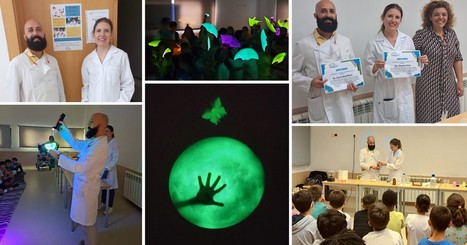
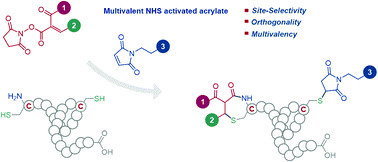

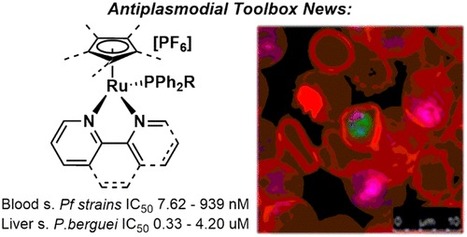





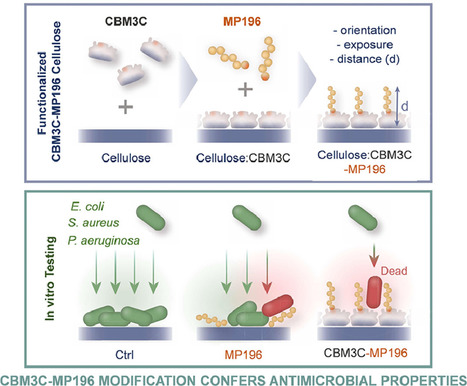
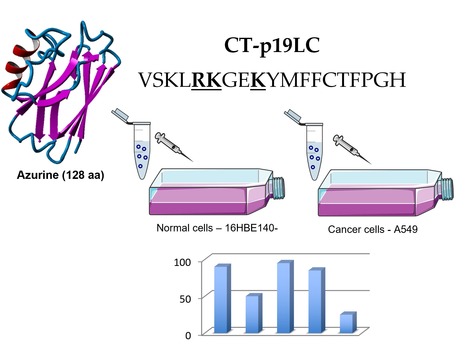
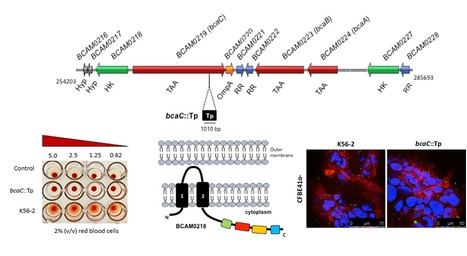

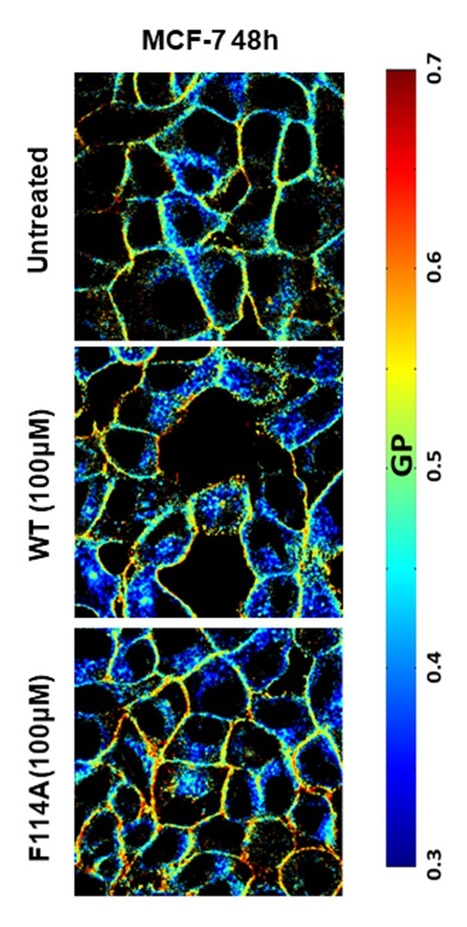





Congratulations!